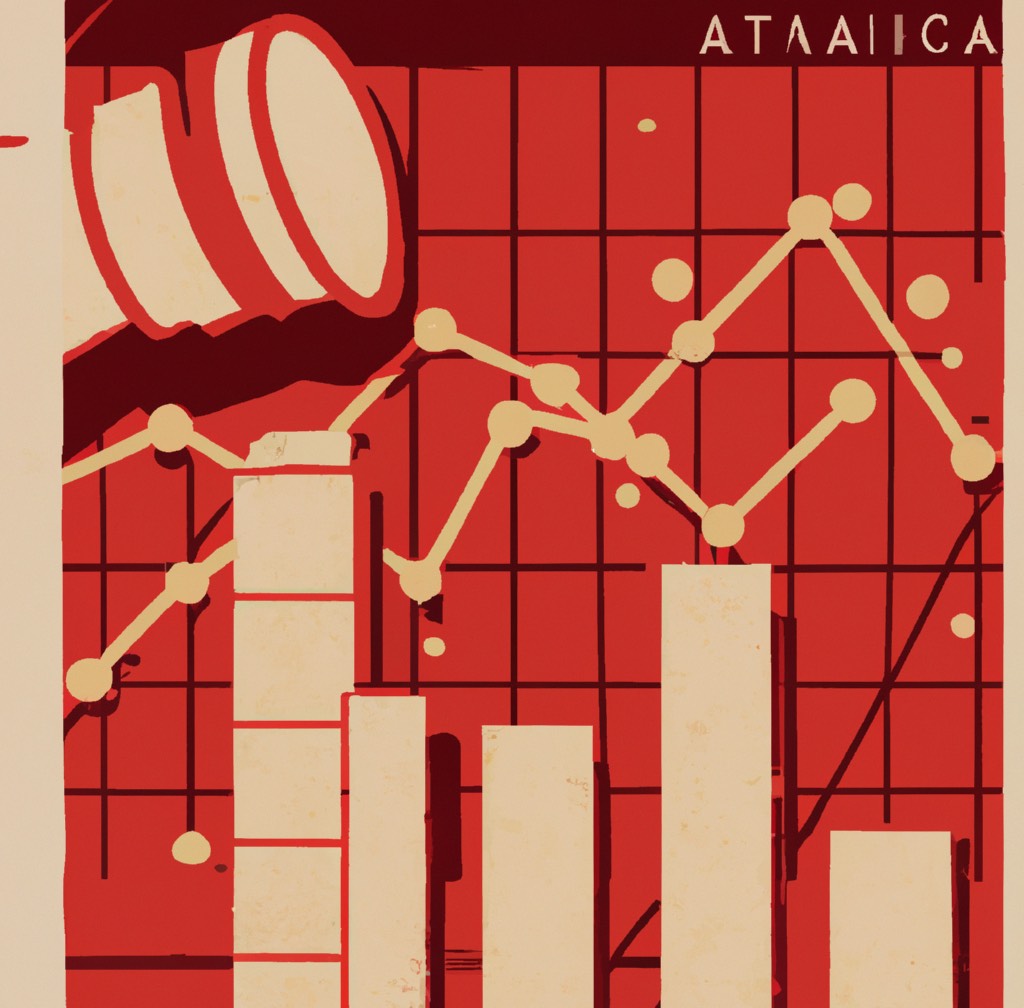Data scientists use a variety of tools to collect, clean, analyze, and visualize data. Some of the main tools used by data scientists include:
- Programming languages: Python and R are the most popular programming languages used by data scientists, as they have a wide range of libraries and frameworks that are useful for data analysis, such as NumPy, Pandas, and Scikit-learn for Python, and Tidyverse, GGplot2, and Caret for R.
- Data visualization tools: Data scientists use visualization tools such as Tableau, Power BI, and Matplotlib to create interactive and informative visualizations of their data.
- Data manipulation tools: Data scientists use data manipulation tools such as SQL, Hive, and Pig to clean, transform, and prepare data for analysis.
- Machine learning and deep learning libraries: Data scientists use machine learning and deep learning libraries such as TensorFlow, Keras, and PyTorch to build and train models.
- Cloud platforms: Data scientists use cloud platforms such as AWS, Azure and GCP to store, process, and analyze large amounts of data, and to deploy models in a production environment.
- Data Management and Warehousing: Data scientists use data management and warehousing solutions such as Apache Hadoop, Spark, and Hive to store, process, and analyze large amounts of data.
- Collaboration and Project management tools: Data scientists use tools such as Jupyter Notebook, GitHub, and GitLab to collaborate with other team members, share code and track the progress of their projects.
- Communication and Presentation tools: Data scientists use tools like PowerPoint, Google Slides and LaTeX to present their findings and insights to stakeholders in an effective and clear manner.
These are some of the main tools used by data scientists, but the specific tools and technologies used will vary depending on the project and the data scientist’s personal preferences.
